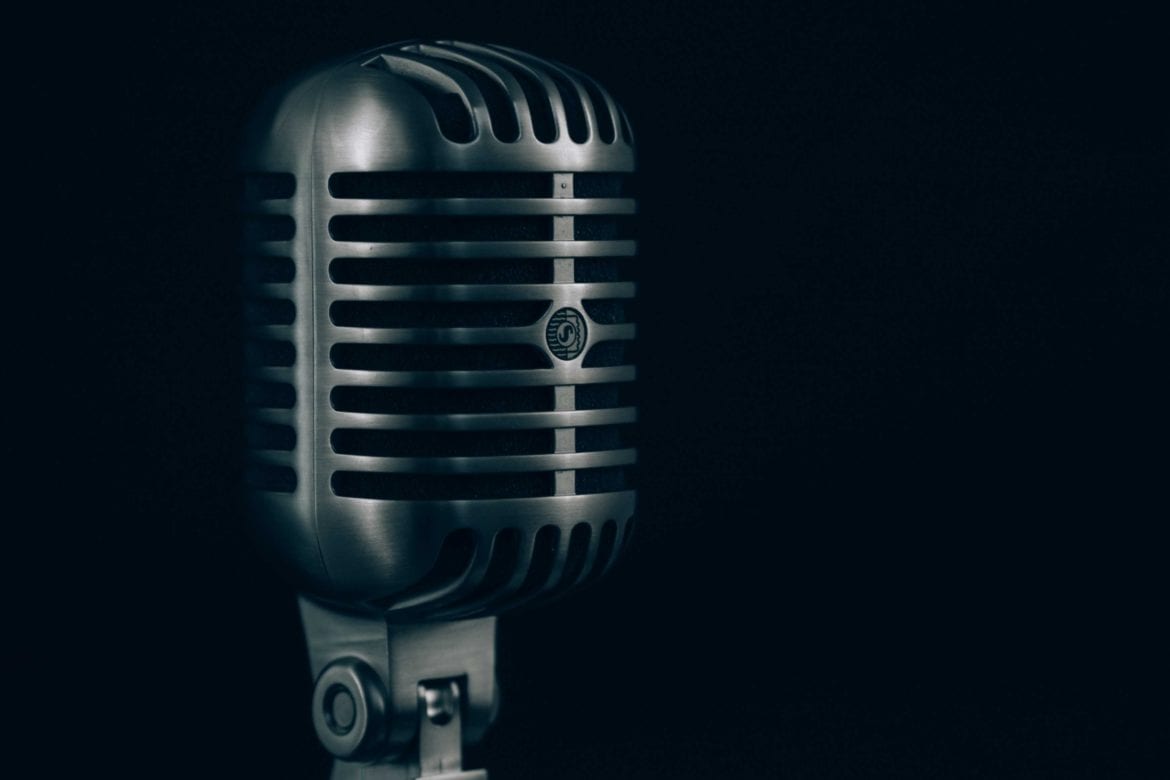|
Getting your Trinity Audio player ready...
|
In this extract from our Publisher’s Guide to Podcasting report, we consider which resources are needed for publishers to get a podcast off the ground.
Although podcasting is one of the cheaper options available for publishers when it comes to brand extensions, there are still factors to think about when it comes to recording equipment and the staff time needed to put a regular podcast together.
If you have the budget for a full production studio and team, then all well and good. But if resources are limited, there are some essentials that you need to get episode one up and running.
Recording equipment
At a very basic level, most laptops and even mobile phones now have excellent microphones, and as long as there’s a quiet room available, technically no investment is needed to get a pilot or proof-of-concept podcast.
To get a more polished finish requires very little financial investment. There are good USB microphones available on the market even at the cheaper end that will capture voices clearly if plugged into a laptop.
Keep an eye out for directional microphones – mics that only pick up sound from a specific point in front of someone’s mouth – to keep background noise to a minimum.
Similarly, there are good quality dual lapel mics that plug into mobile phones as a viable option of recording interviews if out and about, which can be bought online for minimal investment.
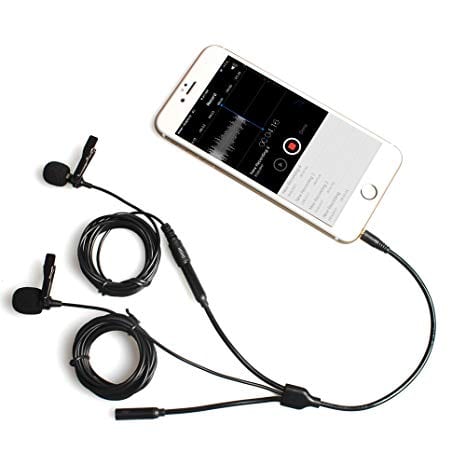
However, if you want to take things to the next level, mixing desks are a solid investment. These help balance the sound coming in from individual microphones, so if someone talks more quietly than someone else, their individual volume can be raised, or muted if necessary.
Mixing desks are generally used to give more control during recording, meaning that less post-production work is needed, although these will also require a level of staff training to be able to use effectively. These are not prohibitively expensive.
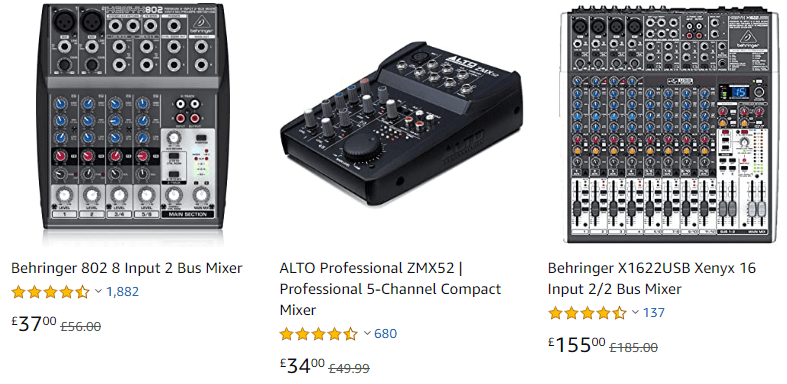
An important point to factor in is just how portable the recording equipment needs to be. If your podcast is going to be based around interviews, there’s no point spending vast sums decking out a studio in the office, especially if your staff are going to be out interviewing people. The investment is better spent on high-quality mobile equipment.
Costs are difficult to estimate as they’ll vary depending on what format the podcast is in, the number of people speaking, and more importantly, the room used for recording.
A pilot podcast can be tested for free or with cheap microphones. Once you’re ready to get serious and launch a podcast series, an investment of $150-$650 (£100-£500) will set your team up with respectable microphones, and a mixing desk if necessary.
Alternatively, there are a growing number of studios that can be hired from $100 – $350 (£60-£250) an hour, with many offering everything from basic setup and recording to a full edit as part of a package.
Editing equipment
There are a huge range of tools available for editing podcasts, but if there are people on your team who are familiar with a particular editing software, that’s an excellent place to start.
There are many popular recording and editing softwares that require little or no investment. Audacity is a very common open-source audio recording and editing program, which is very easy to use.
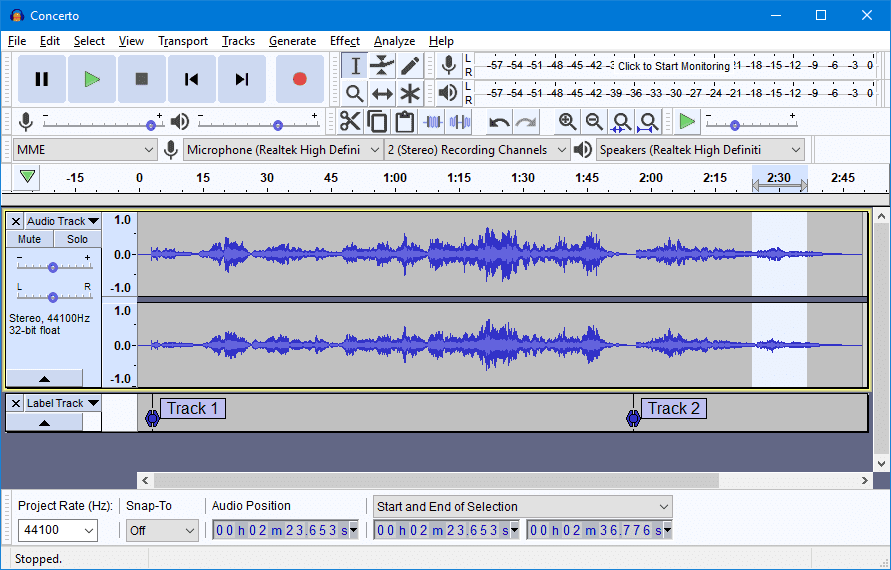
At the other end of the scale, Adobe’s Audition offers an advanced level of control, and comes as part of Adobe’s Creative Cloud license, which many publishers will already have, although it can also be purchased as a standalone subscription. Adobe’s Premier Pro offers other options for stitching and overlaying multiple tracks together, and if used effectively, can help template music and more.
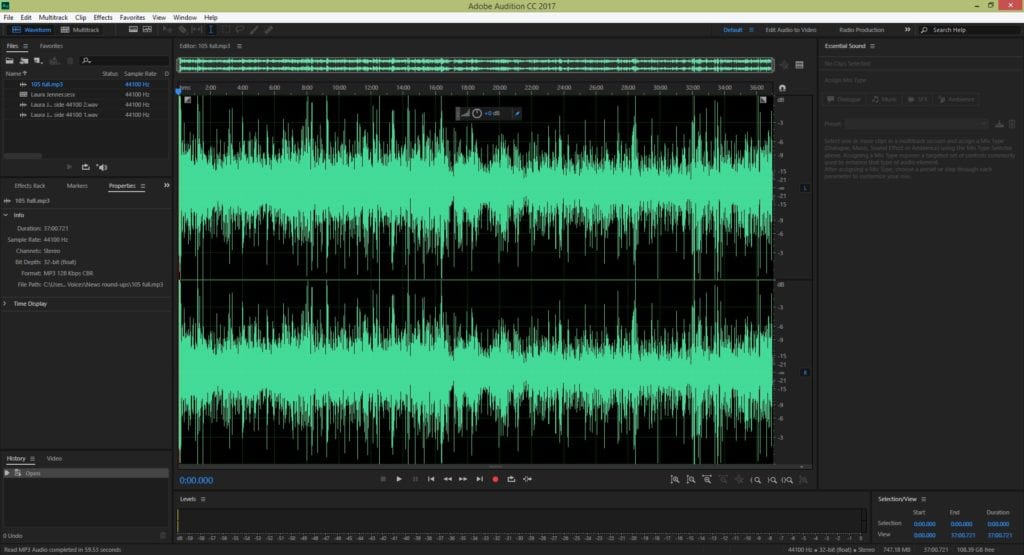
There are also an increasing number of cloud-based all-in-one recording and editing options. Cast is one example of this, where multiple people can record into a browser application, and once the recording has finished, it can be ‘mixed’, edited and distributed all from the web page. Careful research is needed to find the right software to work for you and your workflows.
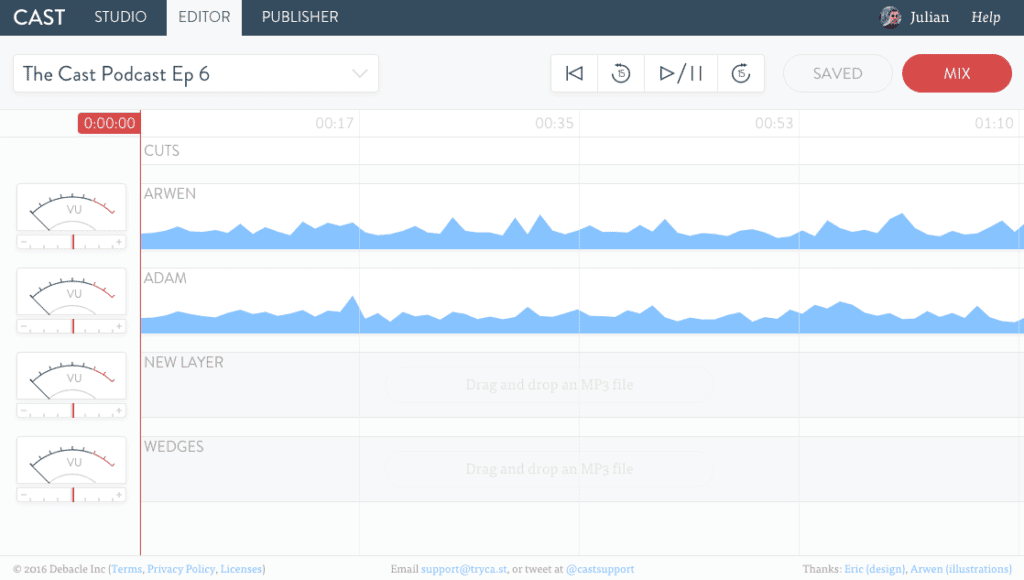
Many of these tools have shortcuts which can be used to make mixing and cutting easier, such as markers to keep note of a certain point, and sound balancers if multiple speakers are involved.
Whatever tools you decide to use, it’s wise to give staff enough time to spend with tutorials and getting familiar with the software, as this can save painful mistakes later down the line when under pressure!
The cost of training employees on editing equipment or hiring in talent should be included, which is covered in more detail below on accounting for time costs.
Time costs
‘How long does it take to produce a podcast?’ is one of the most frequent questions we are asked. It’s impossible to say, very much a ‘how long is a piece of string’ question, and it depends on a number of factors like topic, recording length, sound quality, equipment, staff skill, and software used.
If staff are going to be involved in the planning, recording, editing and distribution of a podcast, their combined time has to be taken into account.
Planning is a vital part of a successful podcast, and the time taken to plan will depend entirely on the topic. Interviews may require just half an hour of preparing questions, but a discussion between multiple people should have a loose structure planned to ensure it doesn’t go off-topic.
When it comes to editing, there are some approximate guidelines. As a rough guide, a one-on-one interview is fairly quick to edit, and a half-hour interview of good sound quality could take up to an hour to edit down to a final 20-minute product.
A team of two or three people discussing a topic will take longer. If that team talks for 45 minutes, and someone makes notes of which bits to cut or mistakes to edit as they’re going along, it could take between 1.5 and 2 hours to edit to a final 20-30 minute product. But if few slip-ups are made and an edit is not needed, then it’s just a case of ‘top and tailing’ with music, and the finished audio can be turned around very quickly.
One rule stands true: the longer the podcast has been going, the faster it gets to edit, as teams get more efficient and comfortable with the format, equipment, and editing skills.
But when starting out and putting together a proposal, it’s best to take the final length of time you want the episode to be, and multiply that by three for an approximation of the time it’ll take to edit (e.g. a 30-minute episode will take 1.5 hours to edit).
Of course, this is based on the process running like clockwork each week. Almost everyone working in podcasting will have experienced the last-minute emergency where things go wrong during recording or upload, and that can quickly absorb hours in patching it up or working out what’s happened.
Otherwise, it is safe to assume that preparation and editing will get faster as time goes on and staff get comfortable with the procedures.
Staff skills
Again, it’s worth emphasizing that the barriers to entry for podcasting are low. There are even tools available on mobile phones which can be used to edit audio now to a reasonable standard and with little training.
You may have the staff already with the necessary skills in-house to edit audio. Popular programs like Adobe Audition or Audacity make it simple to get a recording to a state where it’s good enough to distribute.
To take a podcast to the next level, there are plenty of short online courses available for the most common audio tools to either top-up knowledge on editing, or learn how to edit to a high standard.
It is strongly recommended that at least a few people in the team are trained up on audio editing and distribution. A key staff member being off sick or away unexpectedly can mean that an episode doesn’t go out at all, so if those skills are spread around a few staff members, it will reduce dependencies.
Alternatively, there is a growing pool of freelancers and production companies who offer audio editing and podcast production, which may be a shorter-term option to test the viability of a podcast before investing in internal training or resource for editing and production.
See also:
If you found this article valuable, you may be interested in the full report on ‘The Publisher’s Guide to Podcasting’. It explores everything publishers need to get a podcast up and running, from choosing topics to distribution, marketing and more.

